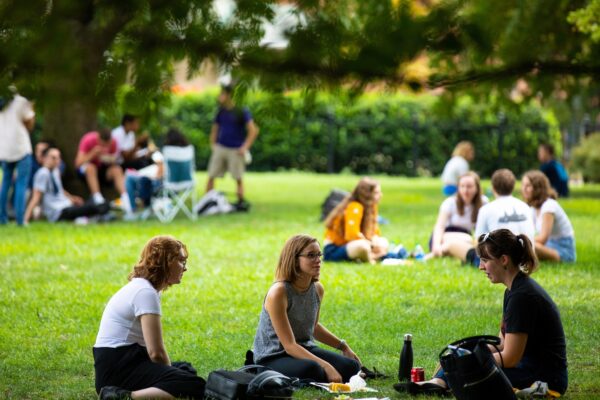Millions of current and prospective college students were let down last year when the federal rollout of the new FAFSA form was badly bungled and delayed for months. The fallout from the resulting chaos and uncertainty was well-documented and widespread, including a drop in over 5 percent in first-year enrollment for fall 2024 linked at least in part to the FAFSA problems.
But now, there is some good news for students, their families, and the institutions working hard to ensure that low- and middle-income students have a path to higher education.
While we have been harsh critics of the Department of Education’s failed FAFSA rollout, it is important to recognize when they’ve done well. The department committed to making the new FAFSA form work as intended for the next academic year—and they not only have accomplished that, but they have also done it faster than promised, and faster than many expected.
Education Secretary Miguel Cardona announced Nov. 21 that after four successful rounds of beta testing, the 2025-26 FAFSA form is now available to all students and families. While we would have preferred for the 2025-26 FAFSA to have been available on Oct.1, we applaud that the department’s announcement came 10 days ahead of the promised Dec. 1 date, and the system appears to be performing as expected. In addition, this fully opens the gateway to the other benefits of the new FAFSA form, including allowing hundreds of thousands more individuals to access Pell Grants, the cornerstone of college affordability for so many students.
This success is mirrored by a rare bipartisan moment in Congress that underscores how important it is to get federal student financial aid determinations to low-income students as early as possible. During the lame-duck session of Congress–and despite the partisan polarization and acrimony of the election season—the House and Senate approved and sent to President Biden legislation aimed at streamlining the application process for federal student aid by making Oct. 1 the official FAFSA launch date each year.
ACE and other higher education associations identified how critical this change in date was, and Congress listened. The FAFSA Deadline Act, introduced earlier this year, gives students and families more time to make crucial financial decisions and institutions adequate time to provide clear and transparent aid offers. We pushed Congress to move the legislation as quickly as possible, and lawmakers acted quickly—and in a bipartisan manner—to approve it.
Passage of this legislation is a vital step toward improving access to financial aid, particularly for low-income students. Ensuring a properly functioning FAFSA form is another.
There has been much consternation, rightfully so, about the flawed FAFSA roll out, and the consequences remain serious. All of us—the government and colleges and universities—will have to work hard to bring back the students who were not able to attend college this year because the financial aid system failed them.
Campus leaders can do their part by ensuring that current and prospective students are well informed about the FAFSA and how to best navigate the new form and process. In its Nov. 21 announcement about the release of the 2025-26 FAFSA, the department also included an array of resources that institutions can share with students and their families and college counselors.
In a difficult political climate, it is great to see both the legislative and executive branches of the federal government working in tandem to better support low- and middle-income students. These twin successes are extremely important and long overdue. We’ll keep urging policymakers to build on this progress in 2025, and we know that our institutions will do their part as well.
If you have any questions or comments about this blog post, please contact us.



